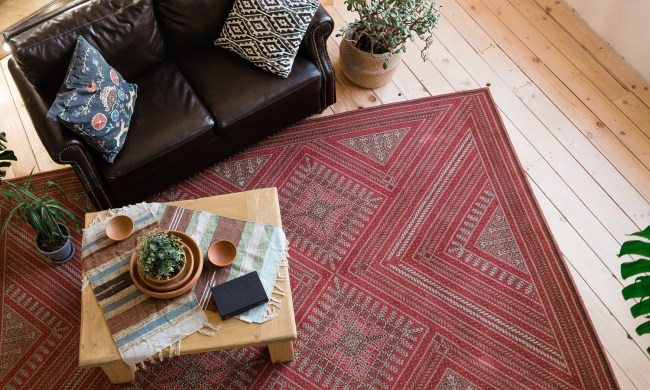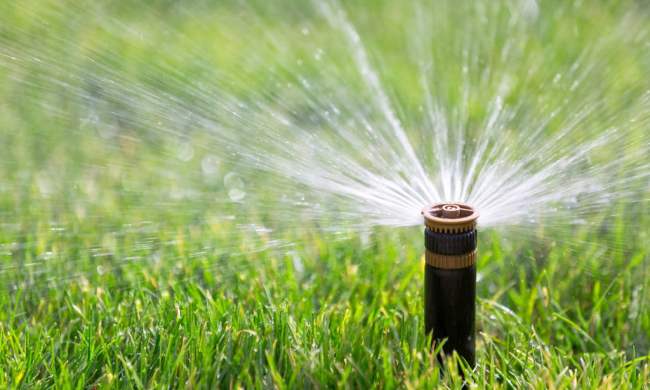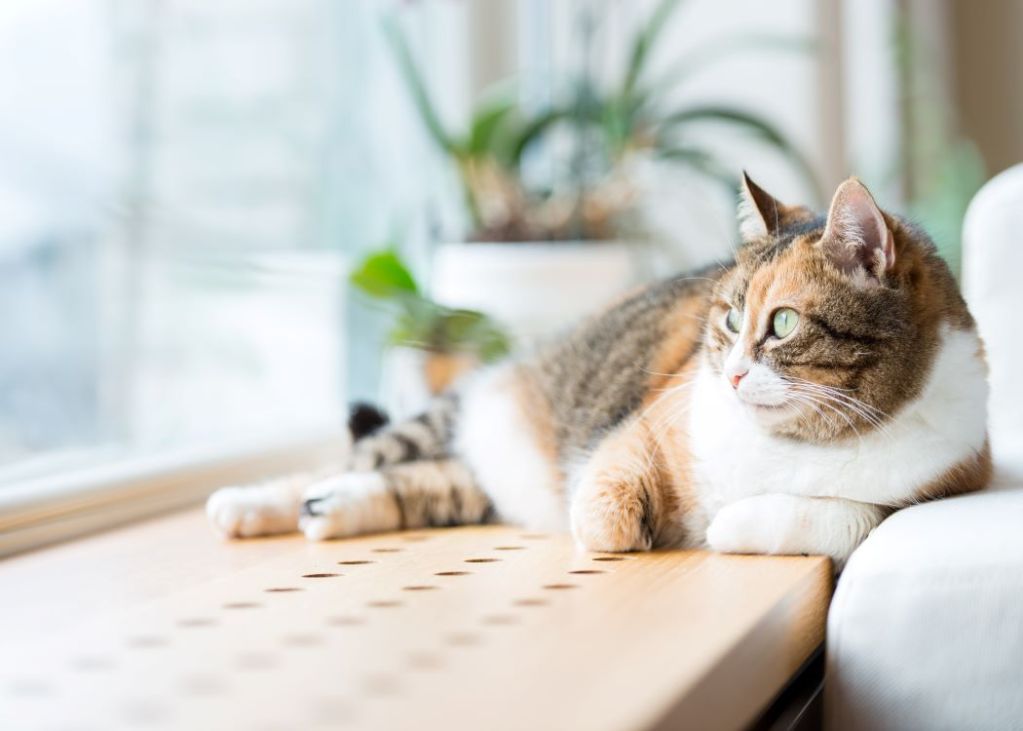
If you’re interested in buying house plants but worried about your fur babies, don’t fret. We’ve gone in for the plants you should avoid and found some great information for you. Come check it out:
Avoid these plants if you have pets
Choosing the right plants for your garden may require heavier research when you have pets. While this time of year offers a plethora of stunning houseplants and flowers for both inside the home and out, they don’t always come with all the information we need as pet parents. Can this plant make my cat or dog sick if ingested? What should we do if our pet eats part of a root or some leaves? What should I watch out for if I have horses?
Check these sites for toxic and non-toxic plants
While you could easily look each plant up online before purchasing, there are handier ways of going about it. The Humane Society, for example, shares this list that you can print and take with you when plant shopping. It tells you the name of the toxic plants in alphabetical order, identifies which parts are toxic to pets, and then states what kind of plant it is. This list is not exhaustive, however, but rather names the more popular toxic plants one might accidentally buy for their home or yard.
A more extensive list can be found at the ASPCA Toxic and Non-Toxic Plants site, which lets you customize your list to show which plants toxic to dogs, cats, or horses, or plants not toxic to dogs, cats, or horses, or search by common or scientific name. Each entry is accompanied by a helpful photo as well. There are also apps available for downloading that provide the same information, like this Animal Poison Control Center, or APCC app, from the ASPCA.
The most popular toxic plants to avoid
Since there are so many toxic plants listed on both sites, we decided to highlight 8 of the most popular plants so readers could see how easy it is to accidentally have these in their yard. (Example: We moved in to a new apartment recently and found that the residents before us had planted some beautiful daffodils outside the living room window — which our cat promptly went to snack on at first sight. Thankfully, we stopped him before he could sink his teeth in — it turns out daffodils are extremely toxic to cats, dogs, and horses, with very distressing clinical signs once ingested (vomiting, salvation, diarrhea; large ingestions cause convulsions, low blood pressure, tremors and cardiac arrhythmias). Luckily, according to the ASPCA site, it would take some digging before they got to the most poisonous part — the bulb.
Daylilies
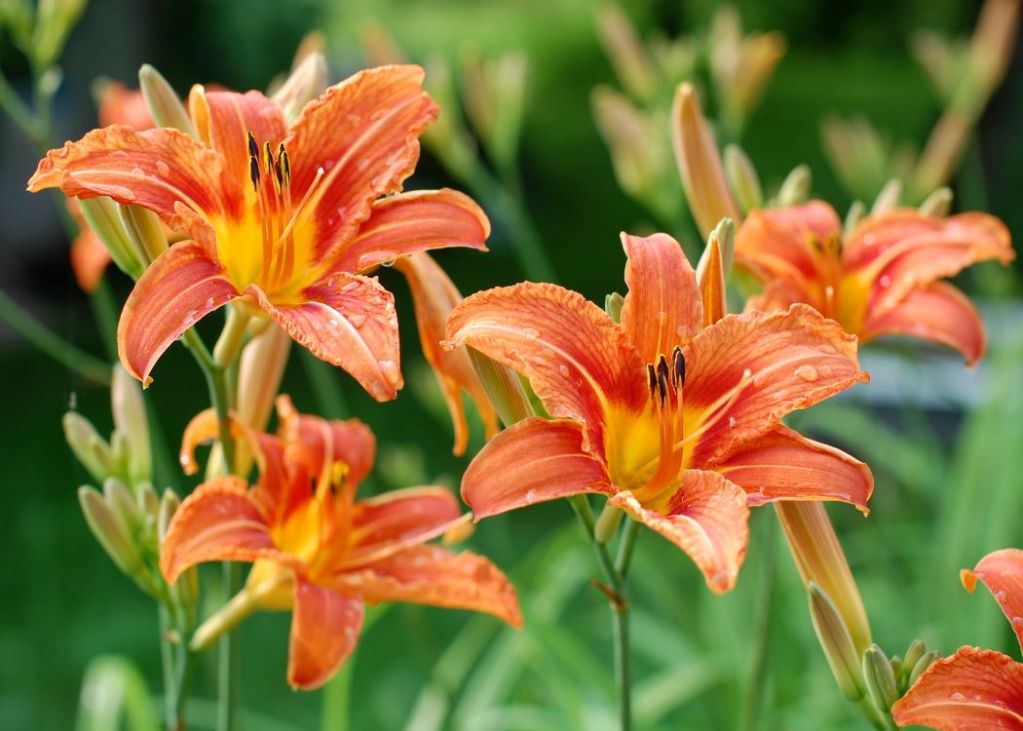
Found in a variety of colors, daylilies are most often yellow, red, or orange. While lovely to grow and enjoy both inside the home and out, particularly around springtime events and holidays, these beautiful and softly scented perennials are highly toxic to cats. The ASPCA site warns that even a quick snack of daylilies (or Easter lilies, tiger lilies, or stargazer lilies) can cause your cat to experience vomiting, inappetence, lethargy, kidney failure, and even death.
Chrysanthemums
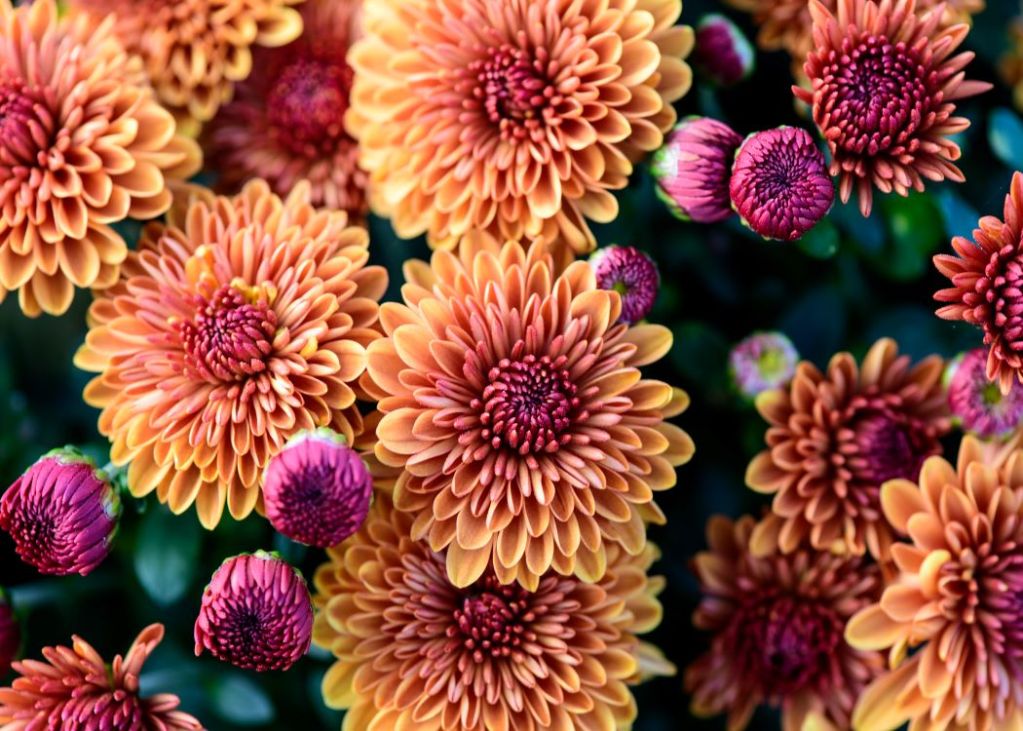
Another beauty found in assorted colors and sizes, chrysanthemums (also known as mums) are often sold in the autumn in farmer’s markets and roadside produce stands. But be wise about your purchase — these are toxic to cats, dogs, and horses. While not likely to cause death, symptoms of ingestion are still concerning, including vomiting, diarrhea, hyper-salivation, incoordination, and skin inflammation.
Poinsettias
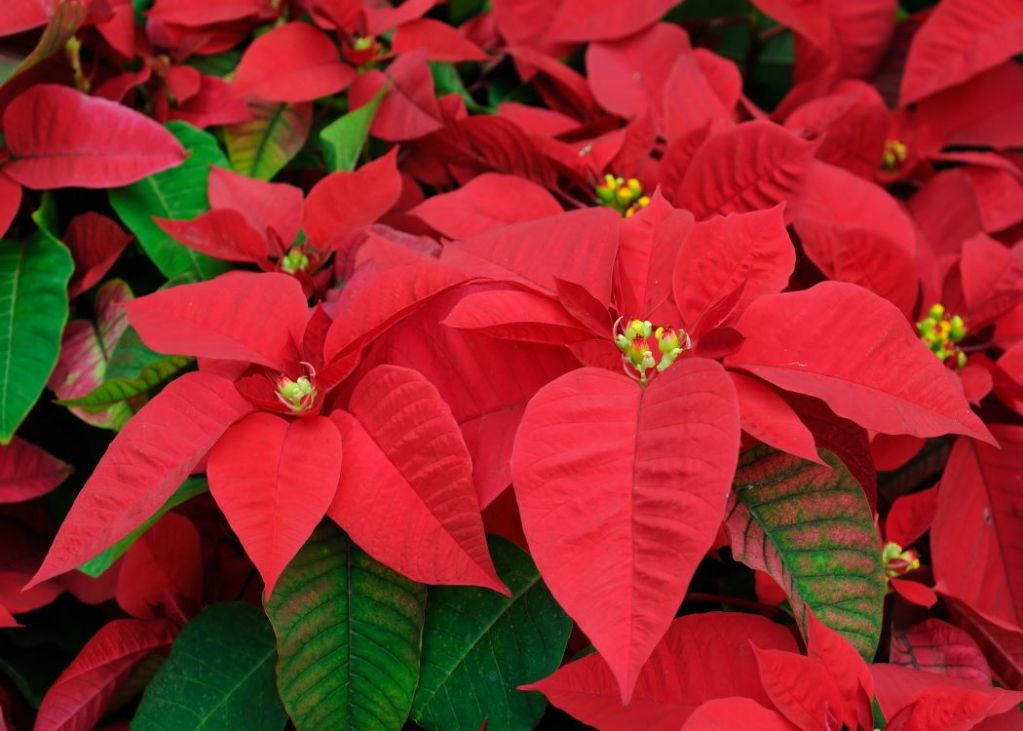
A favorite during the winter holidays, poinsettias are known for their brilliant red petals and vibrant green leaves. While not extremely toxic, they will cause a skin irritation and mild gastrointestinal distress if their milky sap is ingested by cats or dogs.
Hyacinth
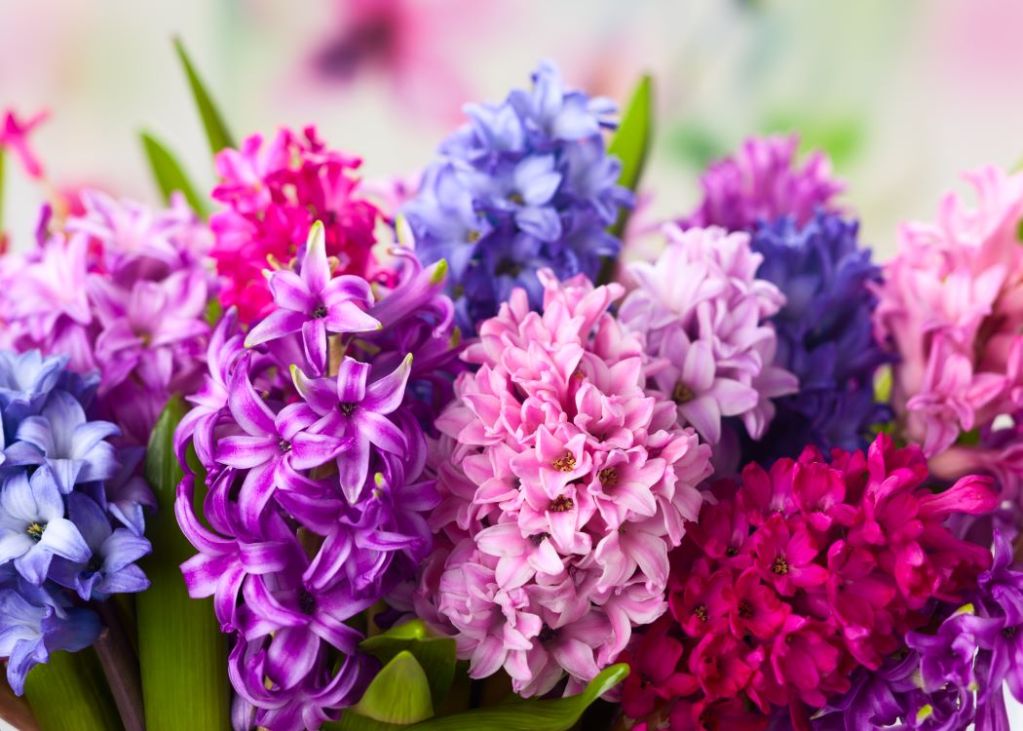
Another colorful springtime favorite, the hyacinth is known for its lovely pastel hues and deeply fragrant blossoms. Enjoyed both inside and out, these beauties have toxic bulbs. If your pet likes to dig, consider these off limits, as signs of ingestion include intense vomiting, diarrhea occasionally with blood, depression, and tremors.
Hostas
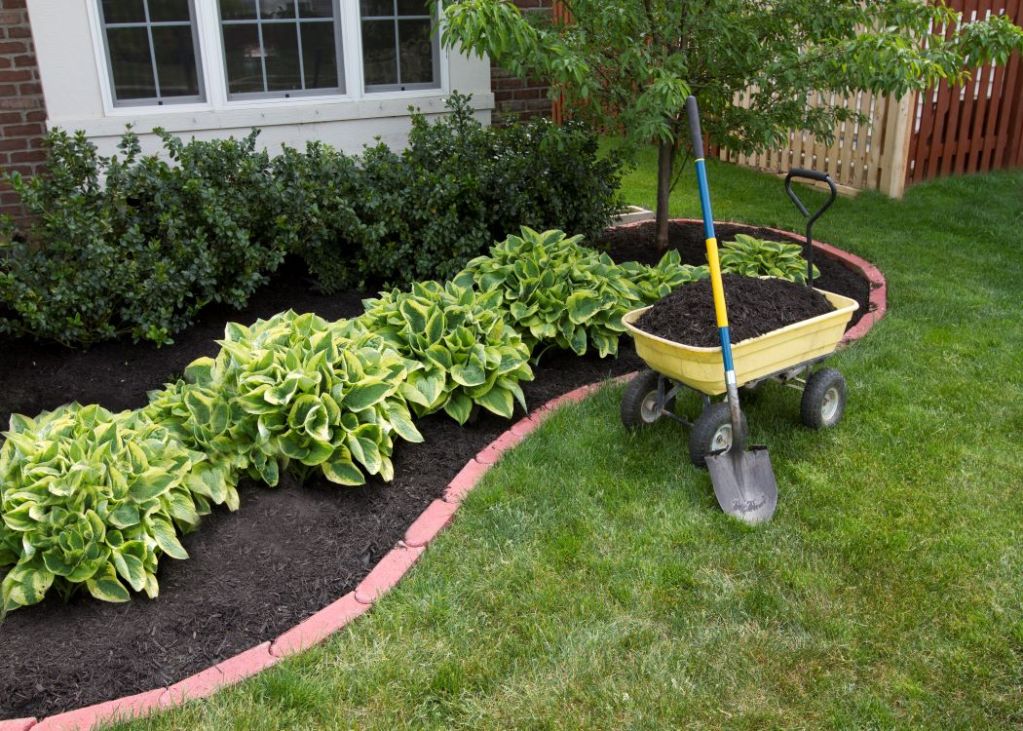
Popular in countless residential garden corners, edges, and shady patches of lawn, hostas are known for their easy spreading, variations of patterns, and light and dark green color. These are toxic to cats, horses, and dogs, causing such signs of distress as vomiting, diarrhea, and depression when ingested.
Oregano
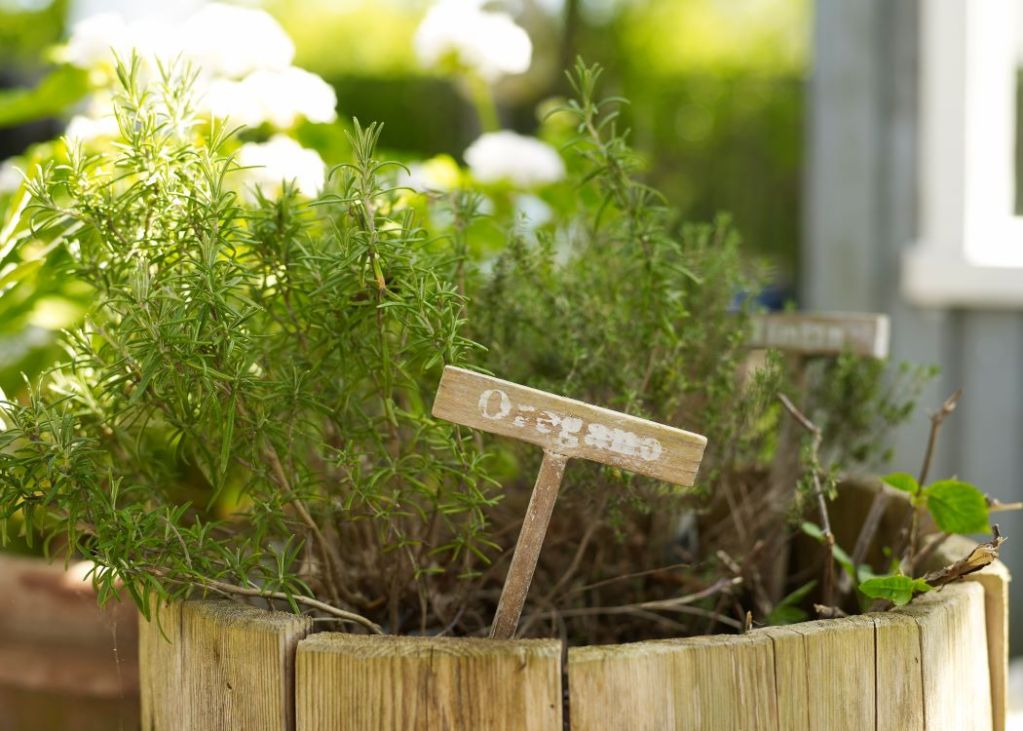
A beloved herb for everything from stuffing to marinades to the weeknight spaghetti dinner, oregano often grows on the kitchen windowsill or in the home garden. But beware if your pets have access: cats can experience intestinal distress from ingesting it, and liver failure from ingesting its oil.
Azaleas
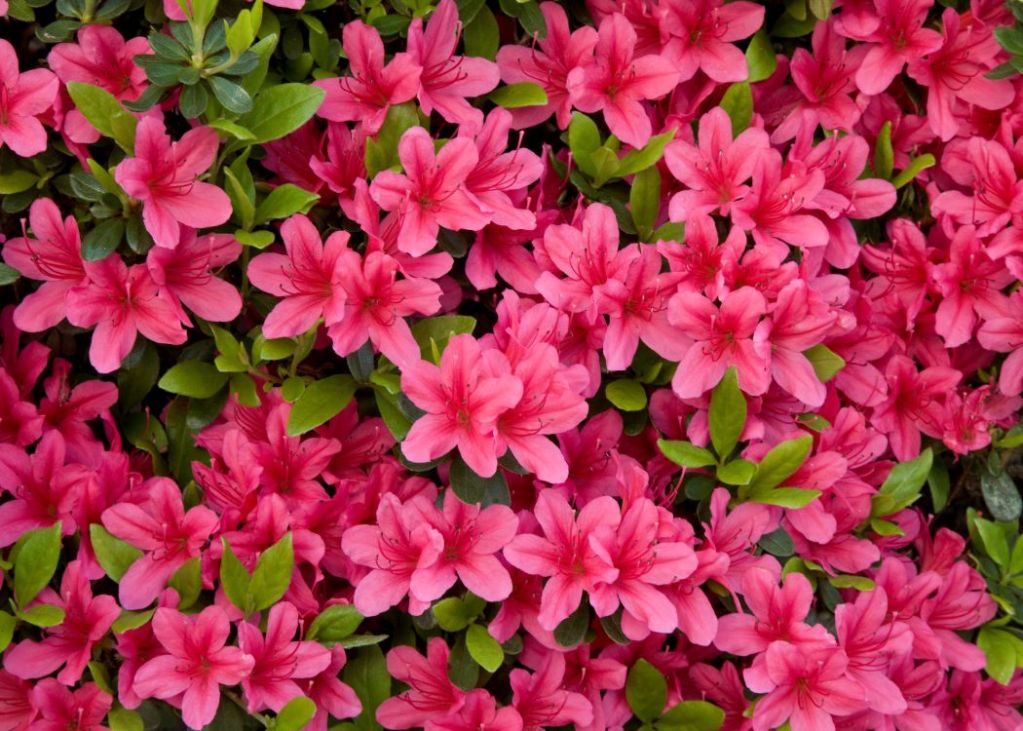
This gorgeous flowering plant, also known as a rhododendron, is known for its stunning burst of color — most frequently found in yellow, pink, orange, red, and white. It can also extremely toxic to cats, dogs, horses, and even sheep and goats. Symptoms of ingestion include vomiting, diarrhea, and potential cardiac failure. If you have pets and these are in your yard, it’s advised you remove them. It only takes a few leaves to cause serious problems for your fur babies.
Morning glories
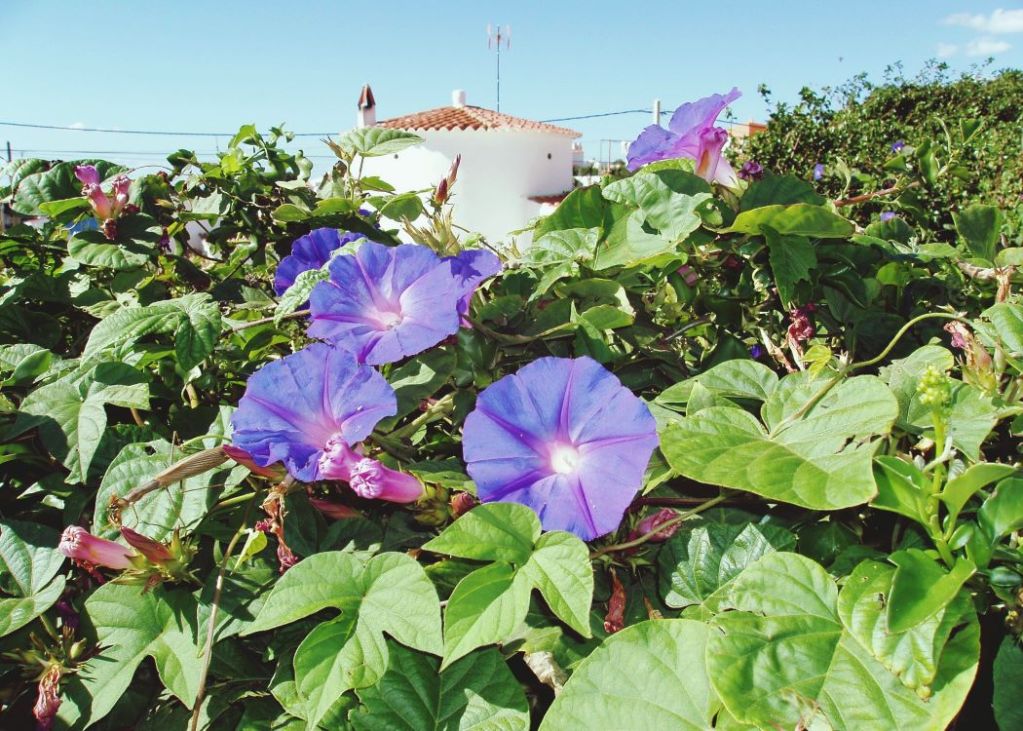
Although many households feature these trumpet-shaped vining flowers in shades of red, pink, purple, blue, white or multi-colors, people are usually not be aware of their toxicity. The seeds of some morning glories contain a substance called lysergic acid, which has properties similar to LSD. If pets ingest these seeds, they can experience gastrointestinal problems, disorientation, and hallucinations in dogs, horses, and cats.
As you can see, plenty of popular plants and flowers are toxic to pets, and lots of pet parents have no idea. If you have a fur baby, please be cautious around these plants, and be sure to check your yard before allowing your pet to roam freely. And keep in mind these 8 examples are only the tip of the iceberg — pet parents must become familiar with as many plants as possible and whether they are toxic or not, especially the ones in your own yard and house. The ASPCA shares the number to Animal Poison Control on their page, so if you know your pet has ingested these or other toxic plants, you can call them right away for guidance.
Once you familiarize, there’s no need to worry. Just remove what is toxic and remain safe this season as well as the rest. Read up, use caution, and enjoy the beautiful blossoms of summer.

